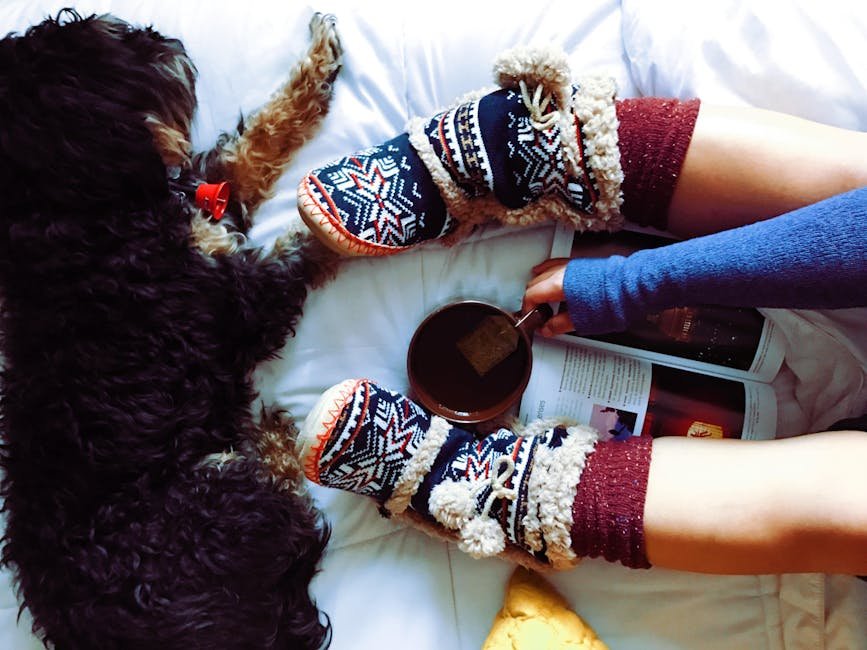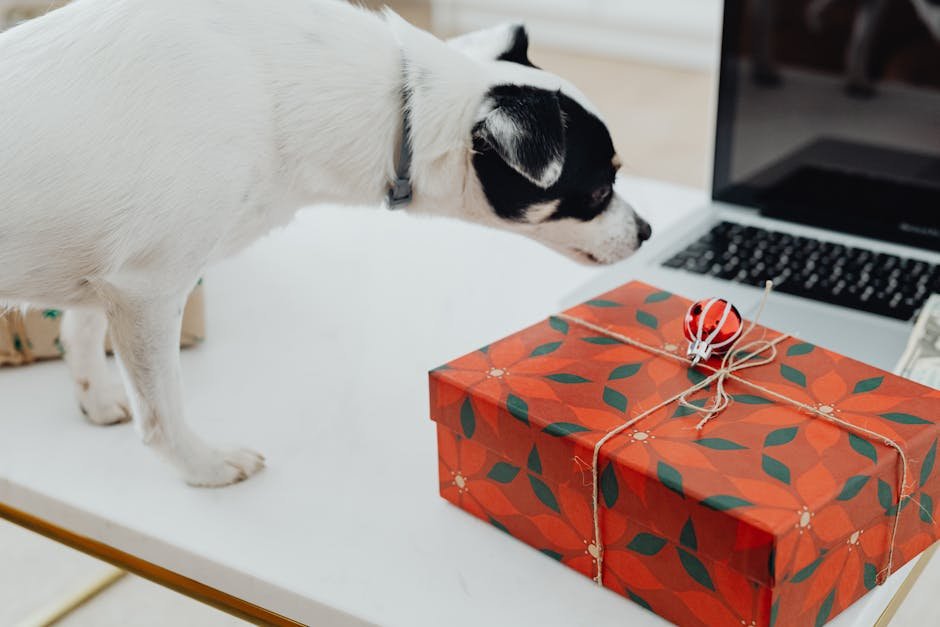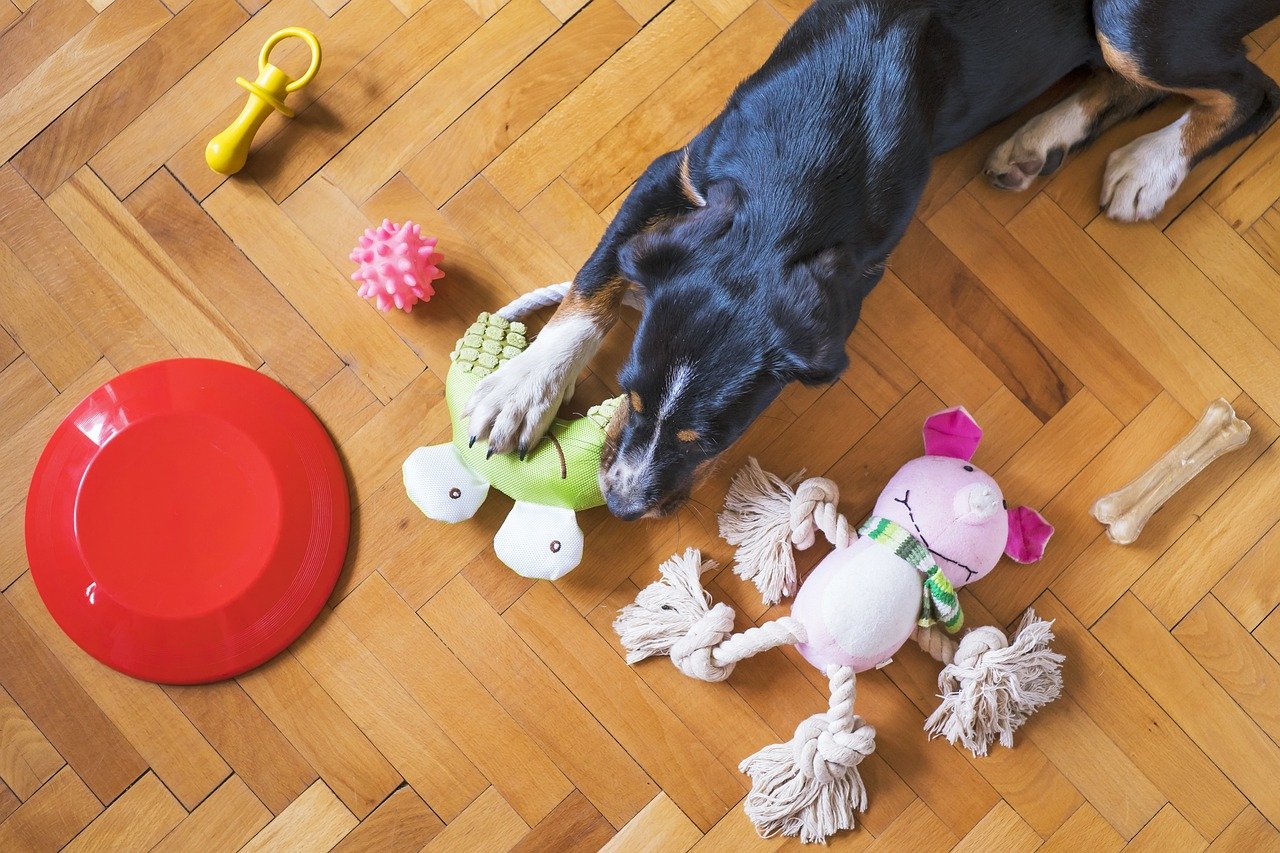There’s something undeniably endearing yet perplexing about dogs and their penchant for stealing everyday objects like socks and hairclips. If you’ve ever found your furry friend trotting around with a sock in its mouth or a hairclip mysteriously missing from your dresser, you’re not alone. While it may seem like mischievous behavior, there’s often more to the story than meets the eye. Let’s delve into the reasons why your beloved canine companion might be sneaking away with these seemingly mundane items.
1. Seeking Attention

Dogs are known for their ability to capture our attention, and one way they do this is by stealing items they see us frequently use or value. Socks and hairclips are often handled by their owners, making them prime targets. When a dog nabs these objects, it may be trying to draw your focus back to them. Imagine a toddler who tugs at your sleeve when you’re engrossed in a task; your dog might be using a similar tactic by swiping your belongings. By understanding this behavior, you can address their need for attention in more constructive ways, such as playtime or cuddles.
2. The Thrill of the Chase
Dogs have an innate chase instinct, a remnant from their wild ancestors. When your dog grabs a sock or hairclip, it might be hoping for a game of chase. The act of running after your pet to retrieve the stolen item can be exhilarating for them. It’s a game, and you are their playmate. This behavior is akin to children playing tag, where the excitement comes from being pursued. To satisfy this instinct, consider introducing games like fetch or tug-of-war to provide an outlet for their boundless energy.
3. Teething Troubles

For puppies, teething can be a challenging and uncomfortable phase. During this time, they often seek out objects that are soft yet resilient to chew on, like socks. Hairclips, though not as soft, provide a different texture that can be appealing to gnawing puppies. This behavior is not unlike how babies explore the world by putting objects in their mouths. Providing appropriate chew toys can help alleviate their discomfort and redirect their chewing instincts to safer alternatives.
4. Exploring New Scents

Dogs experience the world largely through their sense of smell, which is far superior to our own. Socks and hairclips carry the scent of their owner, making them particularly enticing objects to explore. To a dog, these items are not just things; they are scented treasures that offer comfort and familiarity. Much like how humans might find comfort in a loved one’s clothing, dogs find solace in your scent. Offering them a designated blanket or toy with your scent can help satisfy their olfactory curiosity.
5. Anxiety and Stress Relief
Just like humans, dogs can experience anxiety and stress. When feeling uneasy, they might turn to behaviors that are soothing, such as stealing and chewing on objects that smell like their owner. This behavior is akin to a child clutching a favorite teddy bear when scared. If you notice your dog stealing items more frequently during stressful times, it might be a sign that they need extra reassurance. Spending quality time together and providing a calming environment can help ease their stress.
6. Boredom Busters

Dogs are intelligent creatures that require mental stimulation. When left alone or without engaging activities, they might resort to stealing socks and hairclips simply because they’re bored. This behavior can be compared to a child experimenting with different toys to stave off boredom. Ensuring your dog has plenty of toys, puzzles, and interactive games can help keep their mind occupied and prevent them from seeking out mischief.
7. Mimicking Owners

Dogs are adept at observing and mimicking their owners’ behaviors. If they frequently see you handling socks and hairclips, they might decide to do the same, thinking it’s a game or a way to bond. This is similar to how children imitate their parents’ actions, hoping to feel more connected. By involving your dog in activities that allow them to “help,” you can build a stronger bond and reduce their inclination to mimic in less desirable ways.
8. Natural Curiosity
At the heart of many canine behaviors lies a simple explanation: curiosity. Dogs are naturally inquisitive creatures that love to explore their surroundings. Socks and hairclips, being small and accessible, become intriguing objects to investigate. This trait is much like how humans are drawn to new experiences and sensations. Encouraging your dog’s curiosity through exploration walks or new toys can provide the mental stimulation they crave without them needing to pilfer your belongings.
In conclusion, while it might be frustrating to find your favorite pair of socks or hairclips missing, understanding the underlying reasons for your dog’s behavior can help you address it effectively. Whether it’s seeking attention, relieving stress, or simply acting on natural instincts, your furry friend’s actions are often a reflection of their needs and desires. By providing the right outlets and understanding their motivations, you can foster a happier and more harmonious relationship with your beloved pet.

Jen is a passionate nature lover and ocean conservationist. She has dedicated her life to protecting the environment and preserving the beauty of the natural world. Growing up in a small coastal town, Jen sincerely appreciated the ocean and its inhabitants. She has spent countless hours exploring the shoreline, learning about the creatures that inhabit the waters, and advocating for their protection. Jen is an active member of ocean conservation organizations, and she is committed to educating the public about the importance of conserving wildlife and the natural environment.






